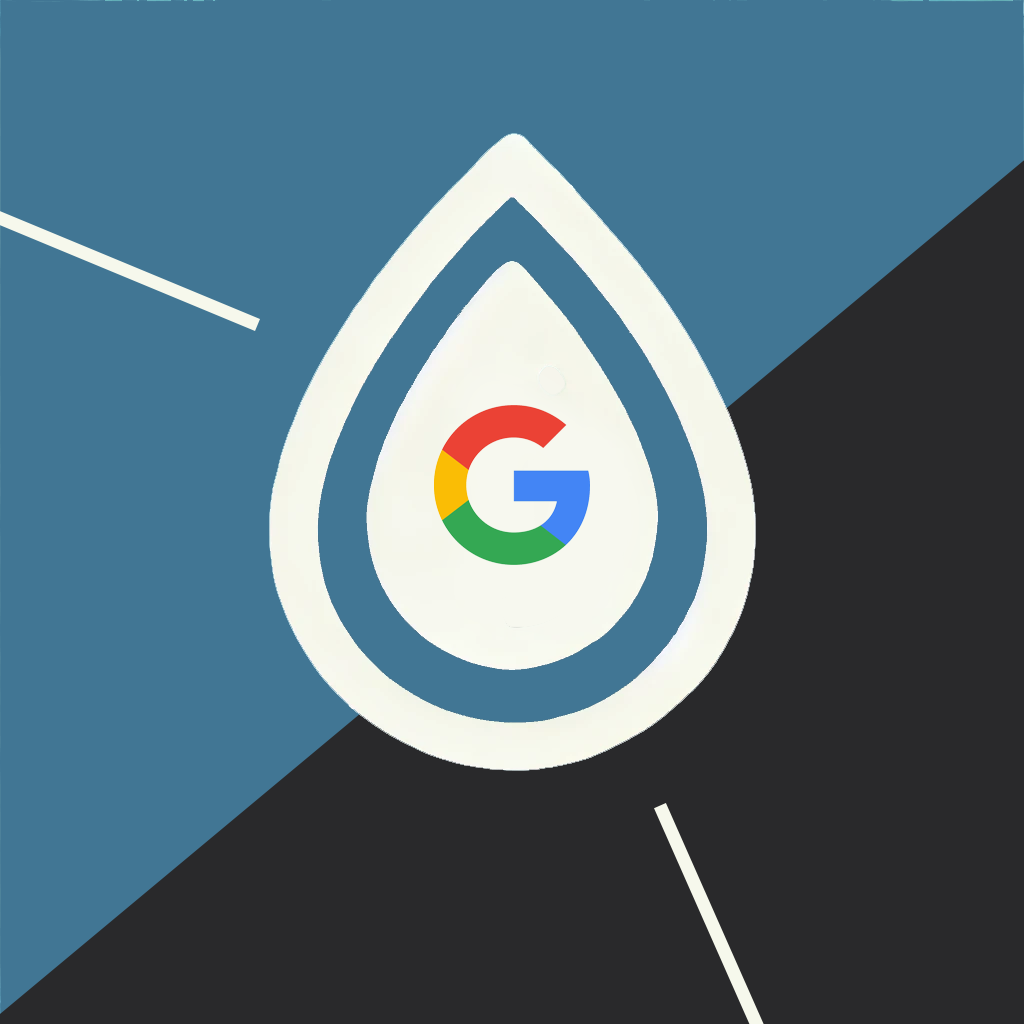What Does Google’s Panda 4.0 Update Mean For You?
Matt Brady#Digital Marketing, #SEO

The latest version of Google's Panda algorithm has been released. How does it affect your site? Learn how to keep up with Google's ongoing changes.
On May 20, 2014, Google announced that they were launching the latest version of their Panda algorithm, and as with every announcement Google makes, the online SEO community was thrown into a tizzy. What does this mean? Who was affected? How can you make sure your site is still getting the best search results? These are the questions on everybody’s lips, but luckily, we’ve got some answers.
What is Panda, Anyway?
Google’s Panda algorithm was first introduced in February 2011, and its intention was to improve search results by lowering the ranking of sites with poor quality content, especially “content farm” sites that try to game the SEO system by containing a lot of text but little substance. Ever since the release of Panda, some sites, especially those of small businesses, have been struggling to make sure they are not being incorrectly penalized. Google recently announced that they would be updating the Panda algorithm to be “softer and gentler” for small businesses, and while it hasn’t been officially confirmed, the new Panda 4.0 seems to be at least moving in that direction.
What Does This Mean for Me?
Since so many people use Google to find information online, it’s tempting to try to constantly update your SEO strategy to keep up with their algorithm changes. But as we’ve seen with other updates, trying to somehow hit the perfect formula of keywords, links, and meta tags is probably not going to be very effective (in fact, Panda penalizes sites for “over-optimization”, so don’t try to stuff pages full of excessive keywords in the content, titles, or URLs). Instead, it’s always best to focus on providing quality content, establishing yourself as an authority in your area of expertise, and making sure that your site is configured correctly and is easy to navigate and use.
One thing the Panda algorithm targets is thin and duplicate content. Content pages should be at least 300 words long, but that doesn’t mean you should pad them out to make them longer; be sure you are creating the type of informative content that people will want to read and share. You’ll also want to make sure you aren’t duplicating content across multiple pages, which can often happen in product descriptions on eCommerce sites. It’s a good idea to do a regular content audit, which is a perfect chance to review your current content and remove thin and duplicate content, combine shorter content pieces together, or resolve any issues you might find with content that isn’t optimized for search.
Keeping up with the latest news and trends in online search can be a full time job, but you shouldn’t have to be doing daily research to make sure your site is ranking correctly. If you follow best practices when designing your site, you won’t have to worry as much about whether you are keeping up with Google’s ever-shifting algorithms, and you can focus instead on creating the content that will attract visitors to your site and allow you to get the best return on your investment. Do you need to know whether your site is set up correctly and you are following the best practices for SEO? Sign up for our free SEO Health Check, and we’ll help you identify any potential SEO issues and get your strategy on track. Do you have any other questions about SEO? Please feel free to leave a comment below, or contact us to speak with an SEO specialist.
Related Posts

The Google Leak and Creating Content That Doesn't Suck
This year's leak of Google's internal SEO documents underscored the need for web content that doesn't suck. But here's what else we learned...

User Onboarding Process: Guiding Visitors Through Your Website
We offer some tips on how to design a website in a way that helps users intuitively understand how to use it to accomplish their goals.
Results Matter.
We design creative digital solutions that grow your business, strengthen your brand and engage your audience. Our team blends creativity with insights, analytics and technology to deliver beauty, function, accessibility and most of all, ROI. Do you have a project you want to discuss?
Like what you read?
Subscribe to our blog "Diagram Views" for the latest trends in web design, inbound marketing and mobile strategy.
